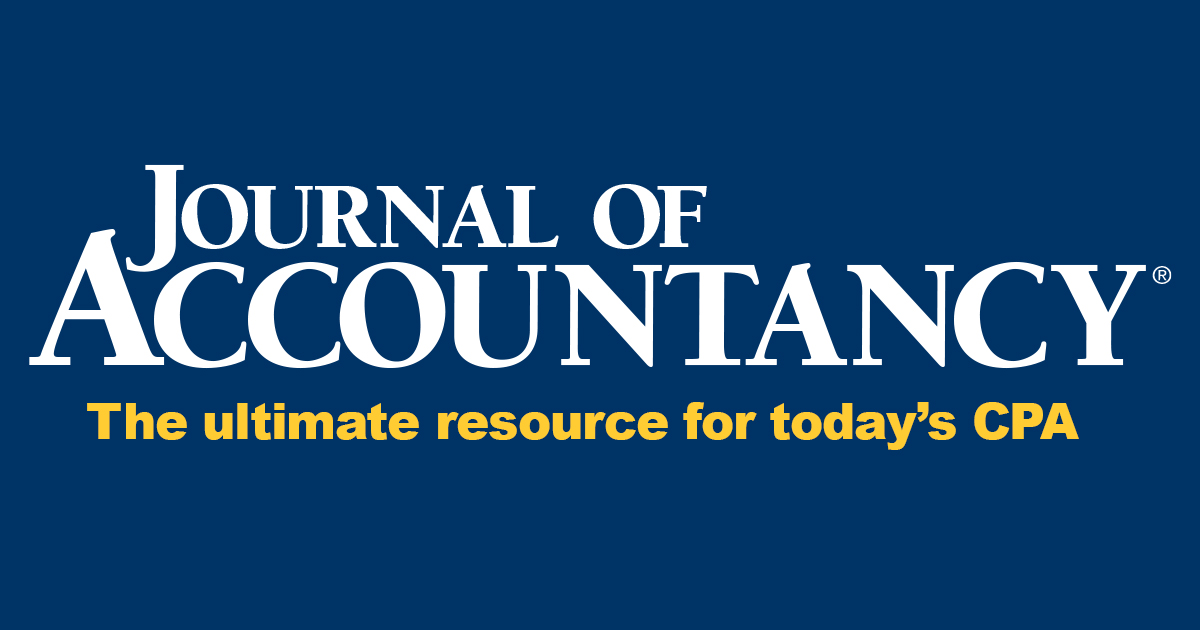
By Stephen G. Austin, CPA; Joel C. Colbourn; and Kristen Gibbons | Originally posted on: www.journalofaccountancy.com
FASB’s new lease accounting standard is having a significant effect on a broad range of balance sheets for all types of entities, with some companies reporting financial obligations of billions of dollars.
In addition to requiring large sums to be placed on balance sheets, the new standard is causing difficulties for preparers as they struggle to locate and extract data from their many lease contracts so they can comply with the new rules. But this is not the only difficulty preparers are facing.
Under the new standard as codified in FASB ASC Topic 842, Leases, contracts that are not clearly identified or labeled as leases may be “arrangements that contain a lease.” For example, a lease may exist when equipment is provided by a vendor in connection with the purchase of consumables or the delivery of a service. Discovery and deeper evaluation of these arrangements where leases may be hidden in plain sight has been a significant challenge for many preparers.
FASB’s previous lease accounting standard, Topic 840, also required evaluation of these arrangements, although some may say that this analysis was not considered as thoroughly as it is now that the lease liability belongs on the balance sheet under Topic 842. Often under Topic 840, the many “service contracts” that met the “arrangements that contain a lease” criteria were classified as some type of operating expense other than rent expense.
The correction of this accounting is probably a classification issue in the income and expense statement. However, embedded lease commitment obligations missing from the lease commitment footnotes of GAAP financial statements are perhaps more significant.
Topic 842 is now very clear about the identification and criteria for an embedded lease. A contract contains a lease if it conveys the right to control the use of an identified asset for a period of time in exchange for consideration. This includes the right to obtain substantially all of the economic benefits from the asset.
How should you deal with this challenge in your enterprise?
First, there should be a good presentation of the rules and application of Topic 842 to all stakeholders. This includes not just the finance and accounting departments but also supply chain, purchasing, operations, and information technology.
Second, create an environment of pre-screening and evaluation of embedded leases identified with the contracting personnel in your enterprise and develop a quality-control program with your finance/accounting people who are Topic 842-savvy.
Third, recognize that the quantifying of embedded leases is not as simple as for real estate leases. The valuation exercise can be challenging. Some of the more significant considerations for the valuation of these leases are:
- Evaluation of all significant service contracts that may contain an identified asset.
- Determination of the portion of purchase commitments or service fees that would apply to the lease lability.
- Assessment of the financial consequences if required purchase levels for consumables are not attained.
One of the more interesting aspects of these types of leases is the inclusion of nonlease components such as maintenance and taxes.
Under Topic 842, there is a practical expedient (that becomes an accounting policy) that provides for the combination of lease and nonlease components such that the measurement of nonlease costs is not carved out but included in the lease liability.
While this will increase the Topic 842 lease liability, depending on the magnitude and duration of these embedded leases, the adoption of such a policy by asset category may be well worth the efficiency in accounting for these leases.
One of the industries in the United States that seems to have more than its fair share of embedded leases is health care and hospital systems.
Why is that?
When you look at all the equipment in a hospital room or a surgical center to serve a patient, it is readily apparent that many technologies and disposables are needed to provide care, ranging from infusion pumps to testing equipment.
Many of these related service contracts have an identified asset in the arrangement but are often buried in the “razor/razor blade” type of contracts of the suppliers of such important health care support systems. Similar to past days when sellers of grooming products would give away razors in anticipation of future razor blade sales, medical suppliers are providing “no-cost” medical equipment when accompanied by the customer’s commitment to purchase related consumable products.
One of the best ways to identify embedded leases in those types of environments is to complete an analysis of all material service contracts, coupled with asking questions and/or holding small group brainstorming meetings with supply chain (procurement), IT, and related stakeholders.
Going forward, after Topic 842 has been implemented, controls or processes should be put in place to identify embedded leases at contract initiation. Determining what the cost of services would be if the asset was owned would help when valuing an embedded asset.
Although this process may be a challenge both in implementation and future identification, the additional transparency regarding lease arrangements can provide useful information to users of financial statements and to organizations as they consider whether their processes are effective and optimized.
